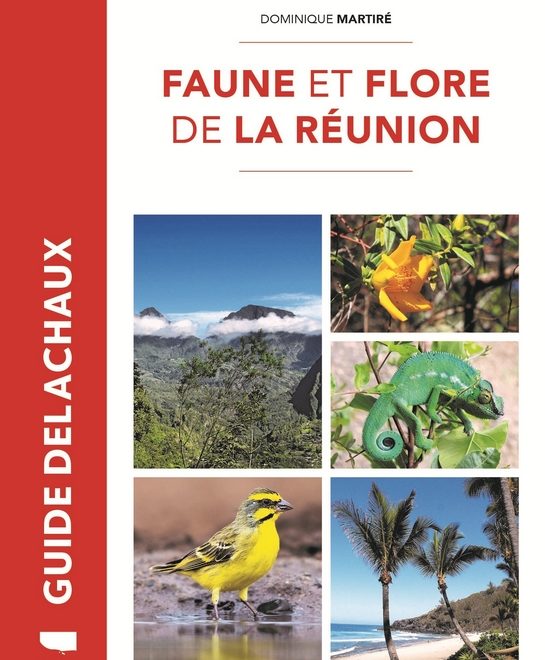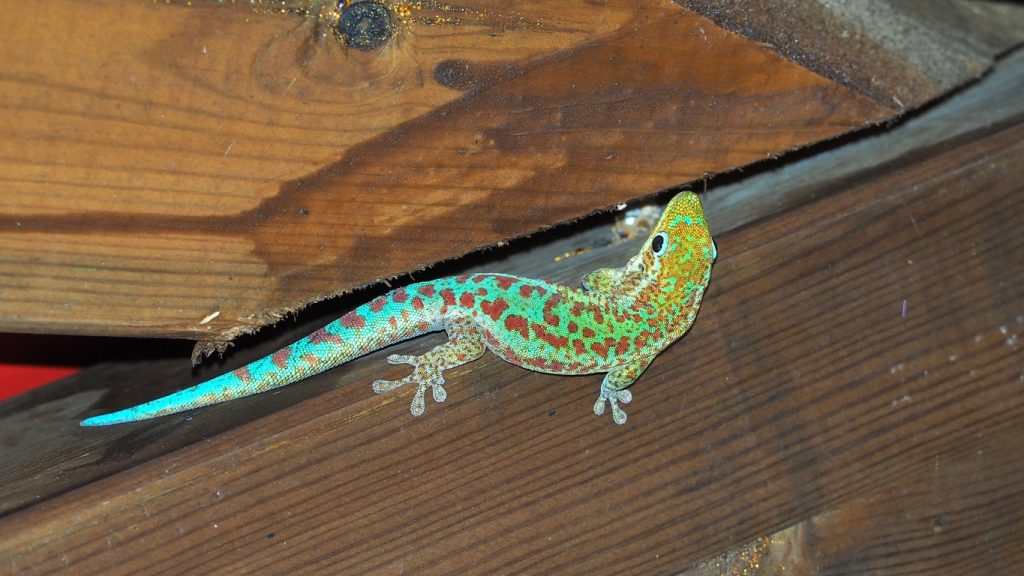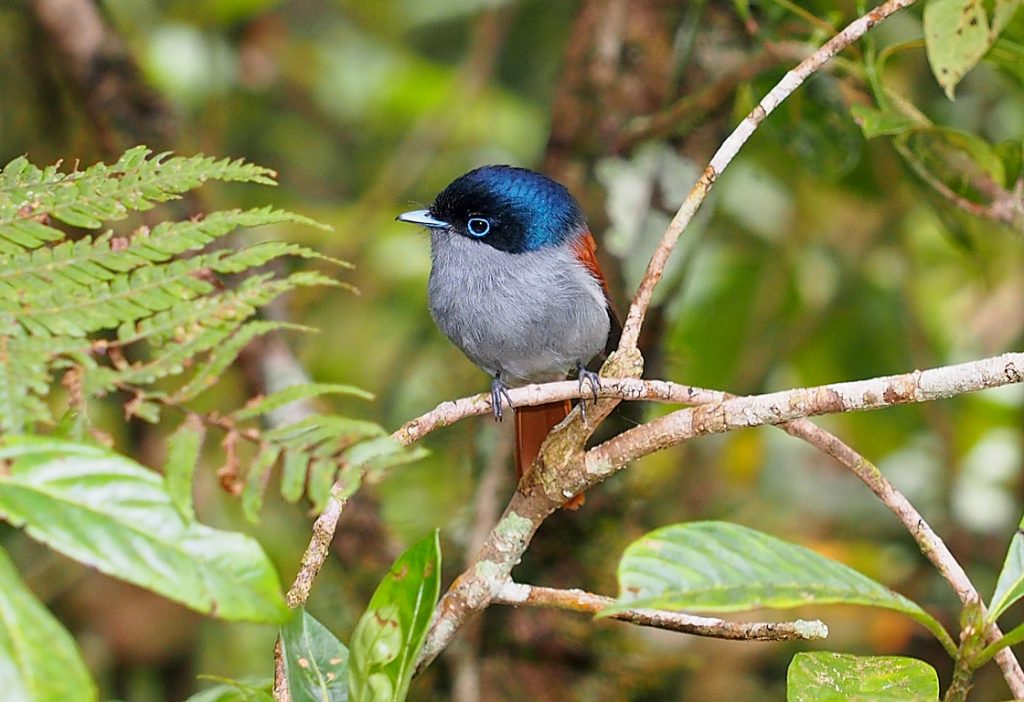
At the heart of the Indian Ocean, in the Mascareignes archipelago, Réunion was born three million years ago. It is a unique territory with a rugged relief that is still very much intact! A third of the island has remained untouched since its discovery in the early 15th century. For a long time a simple stopover on the route to India, Réunion became French in 1764.

Its pitons, cirques and ramparts, listed as Unesco World Heritage sites, are home to a multitude of species, of which more than 30 % are endemic and, for the most part, indigenous. But this balance remains fragile.
The face of the island changes with every step of its rugged terrain. From the heights of its peaks to the pounding of its waves, everything here is dominated by an indomitable and fiery nature. From the dry or humid forests to the beaches along the coast, passing through Les Hauts, the volcanoes and the cirques, some of which are only accessible on foot, Réunion offers a luxuriant observation ground for all seasoned naturalists or simple nature lovers. It is also a paradise for observing magnificent birds, some of which have been transported by cyclones.

This mosaic of natural environments makes the island a centre of endemism and a site of global value in terms of biodiversity. Over time, the island has been populated naturally by a multitude of species, of which more than 30 % are endemic and, for the most part, indigenous, meaning that they have not been introduced by man. But even more than on other continents, this balance remains fragile.

This excellent book presents almost 150 animals (birds, butterflies, lizards, snakes) and plants, and includes 200 photographs for reliable species identification. A map shows exactly where the species described can be found, making this book both an identification guide for naturalists and a discovery guide for walkers.
The author, Dominique Martiré, is a specialist in the flora and fauna of this island, which he has travelled for over 35 years.
Text: Brigitte Postel
Fauna and Flora of Réunion.
Dominique Martiré. Editions Delachaux et Niestlé. 24,90 ?.
www.delachauxetniestle.com

